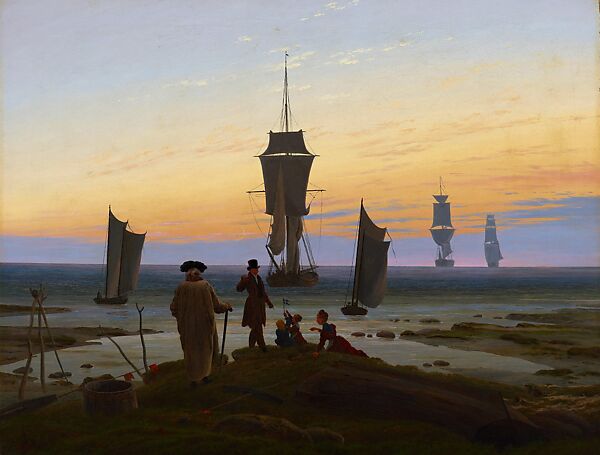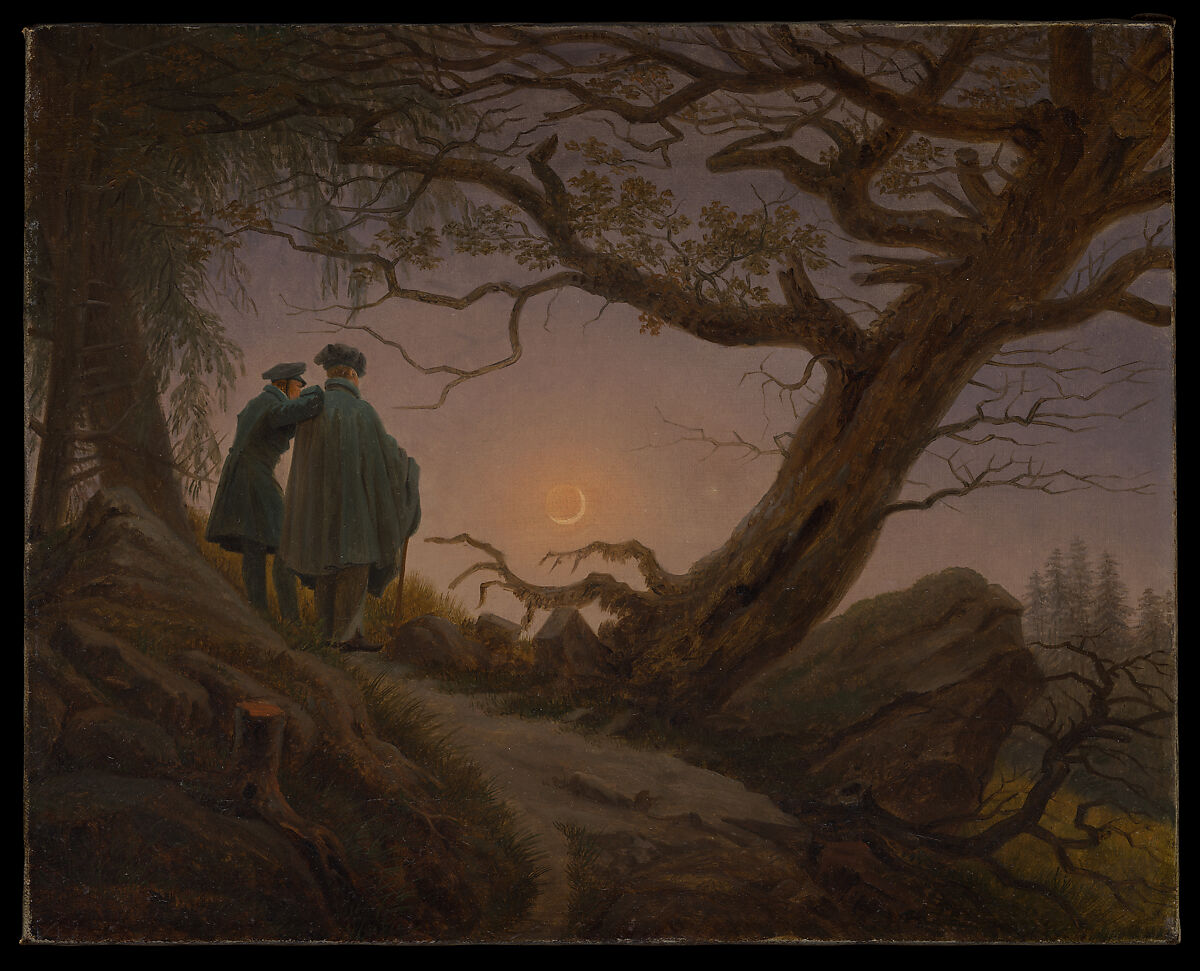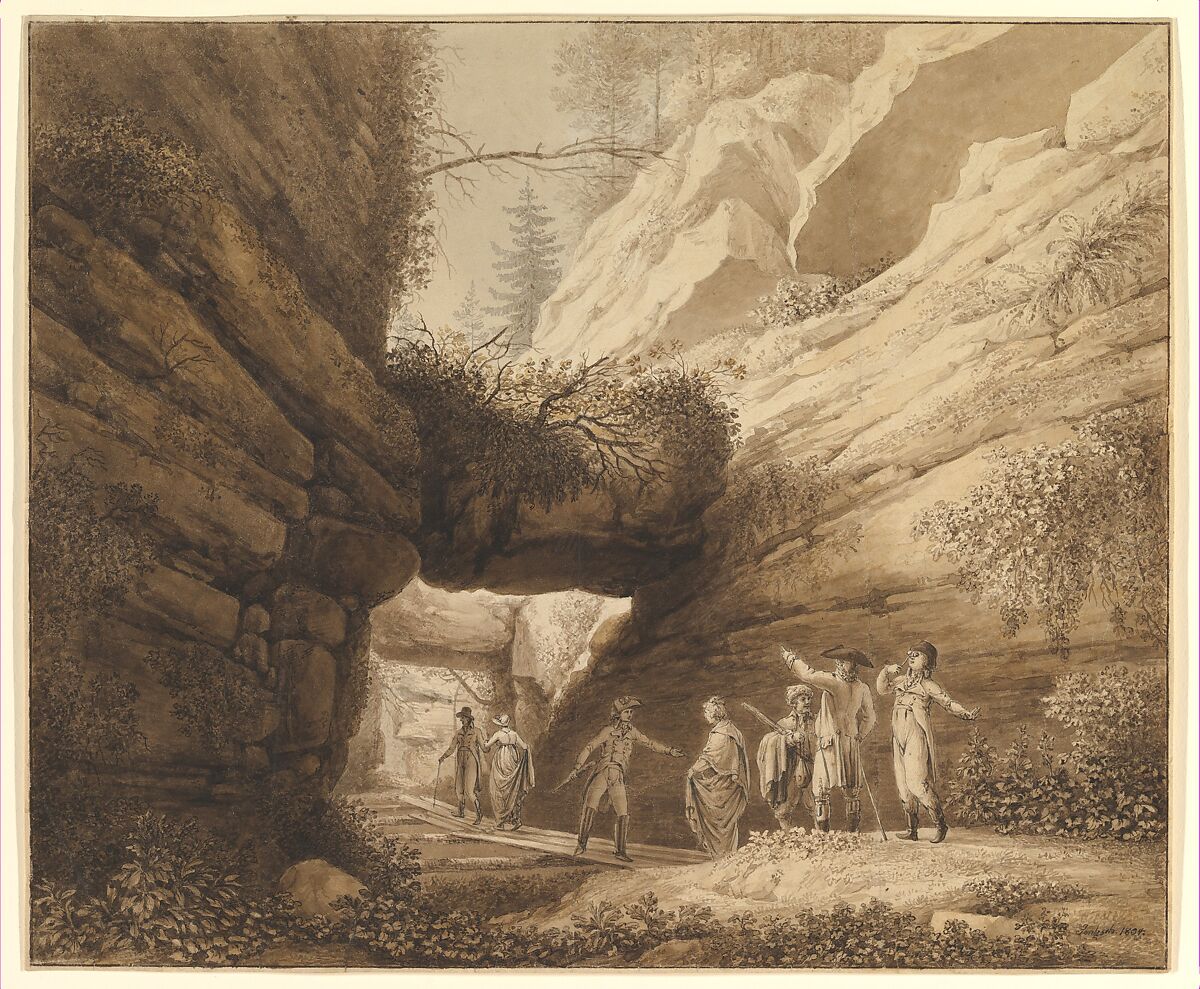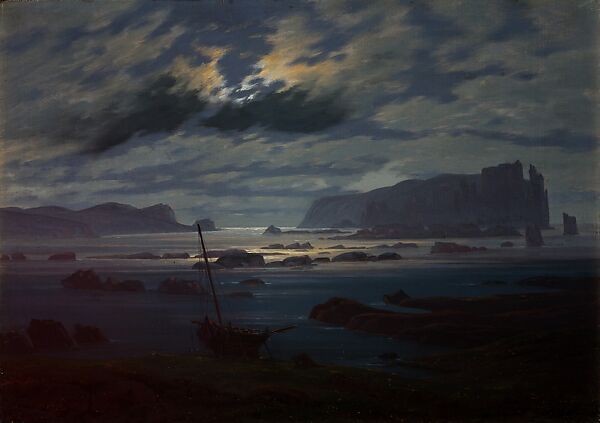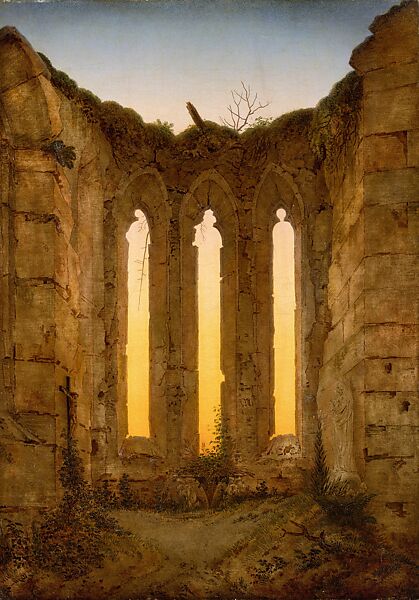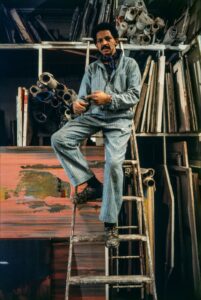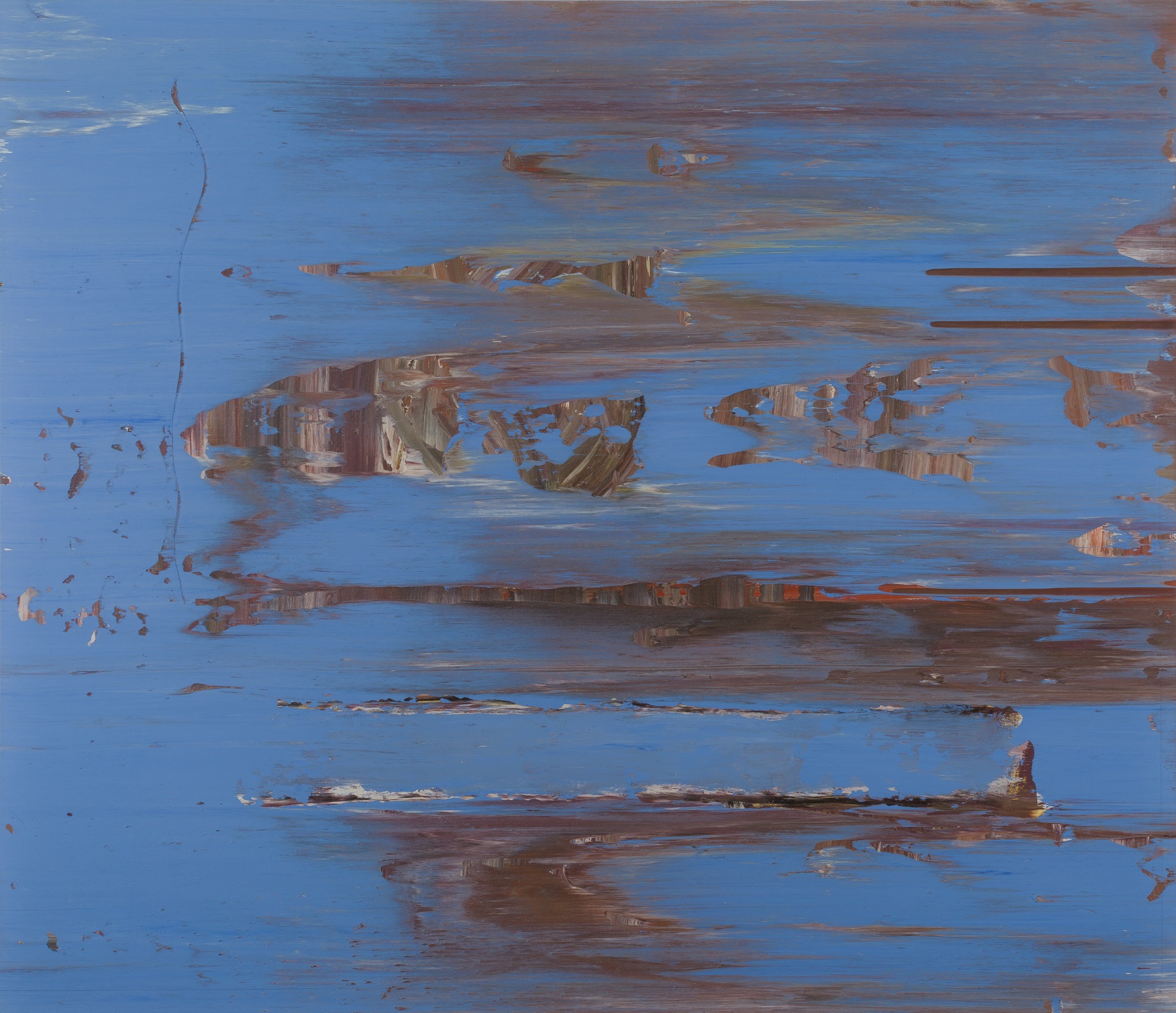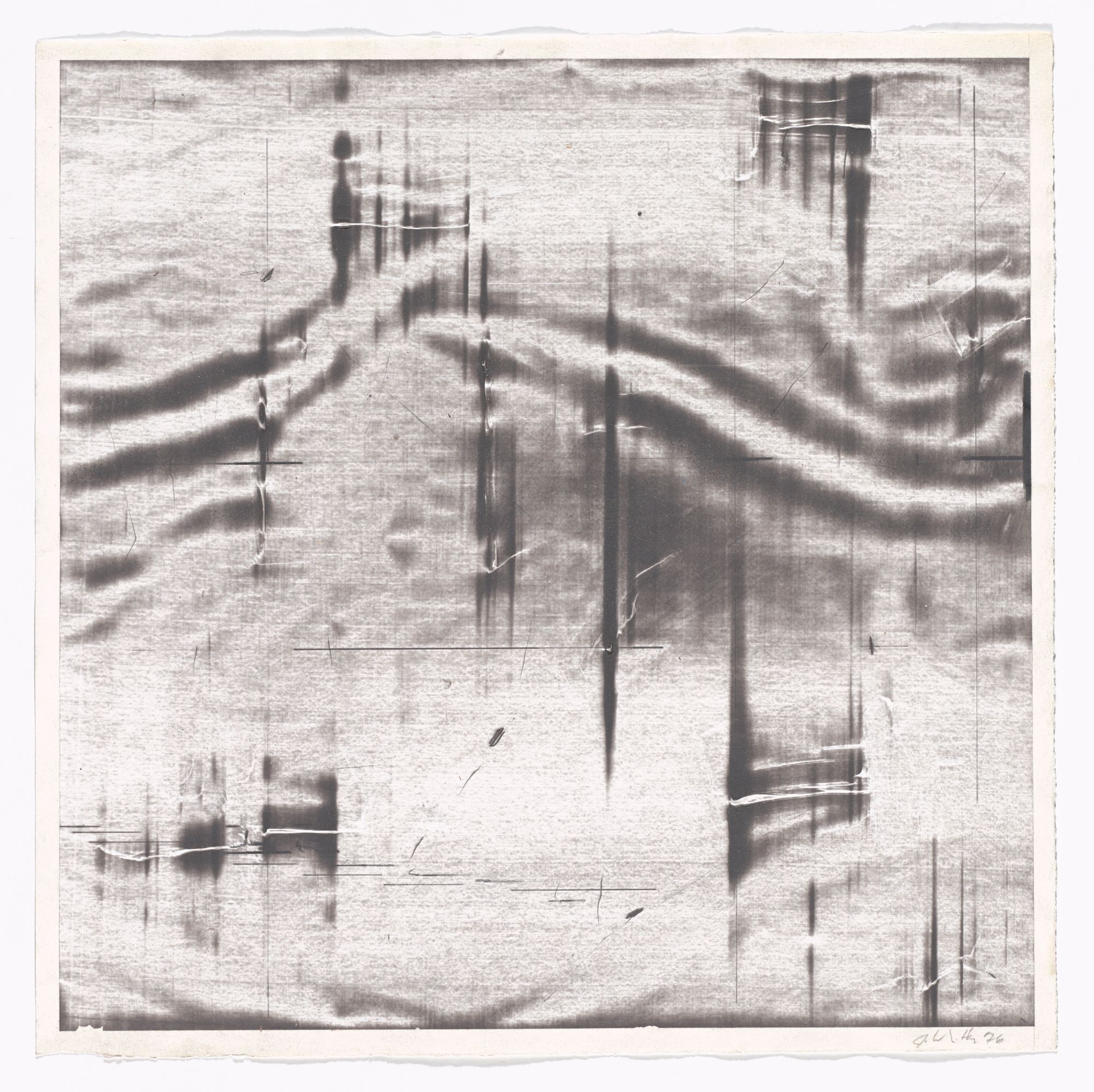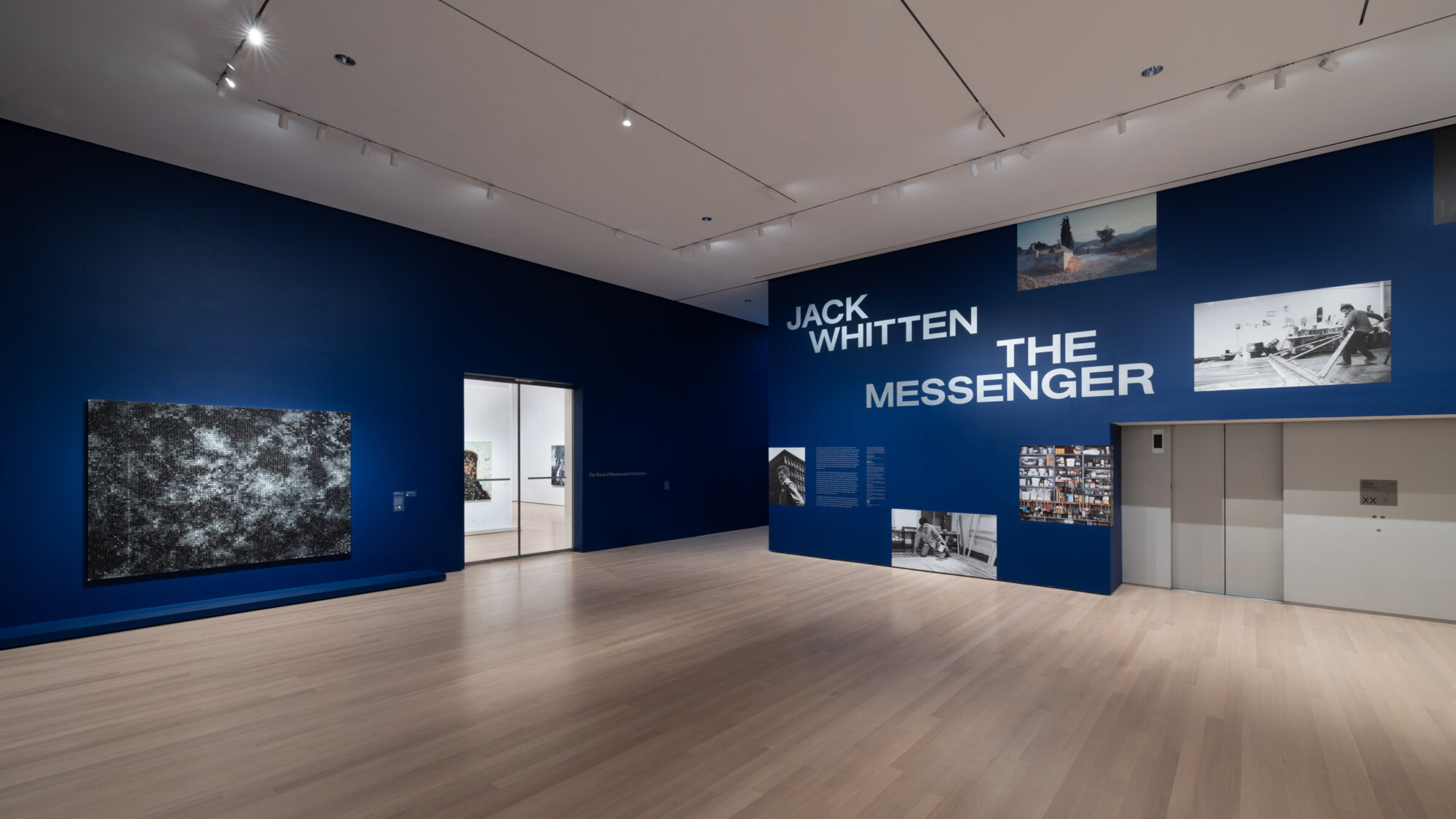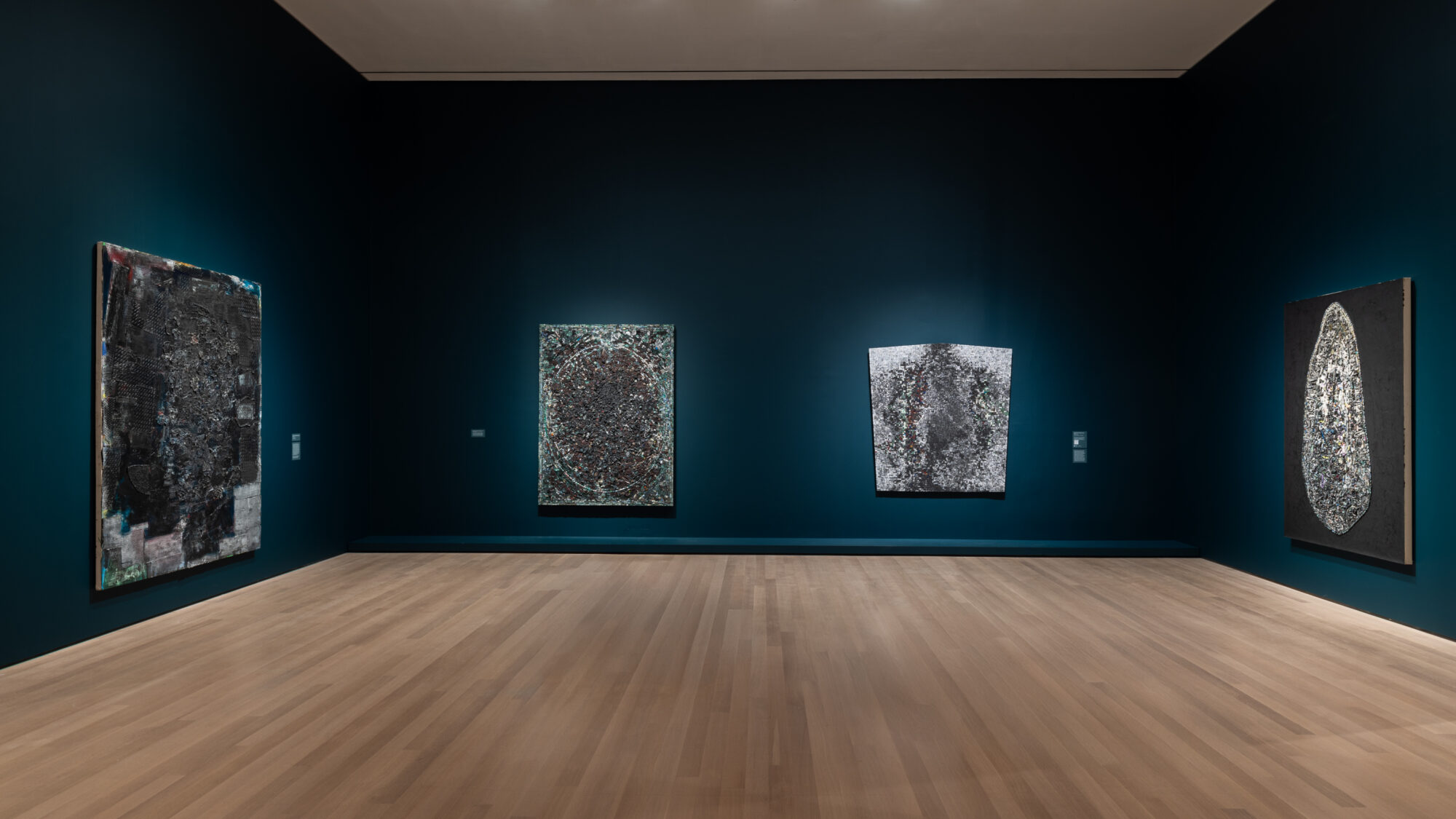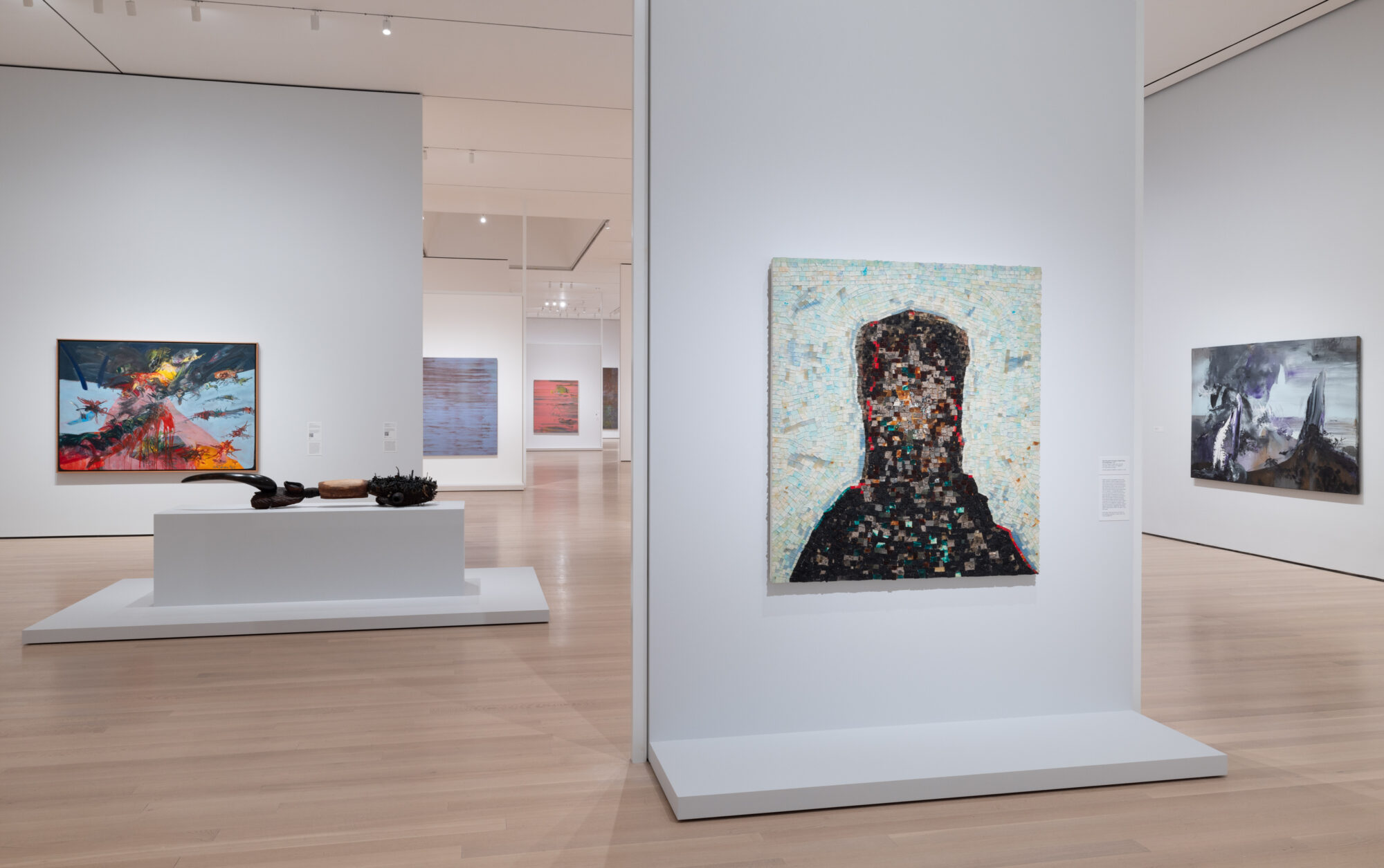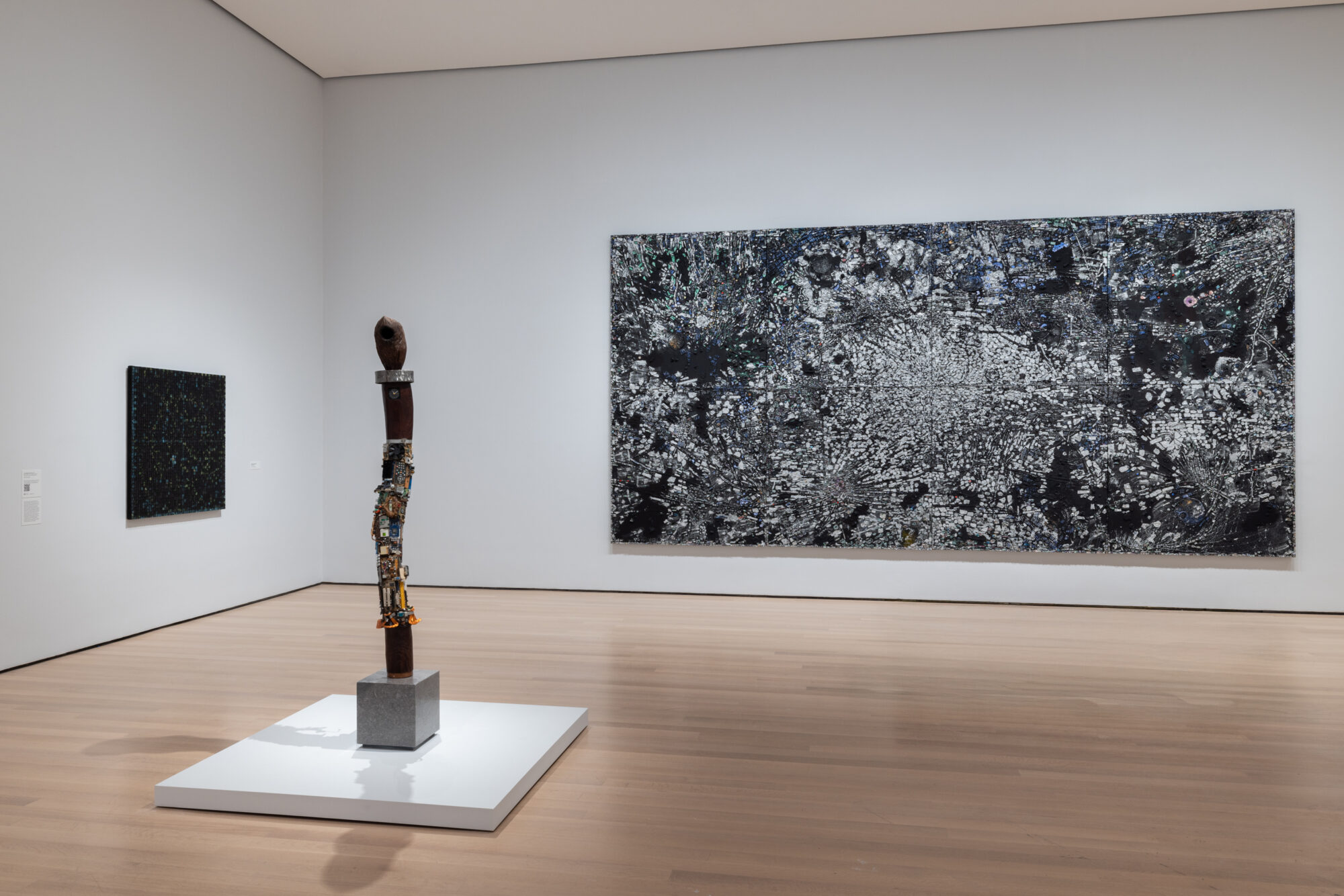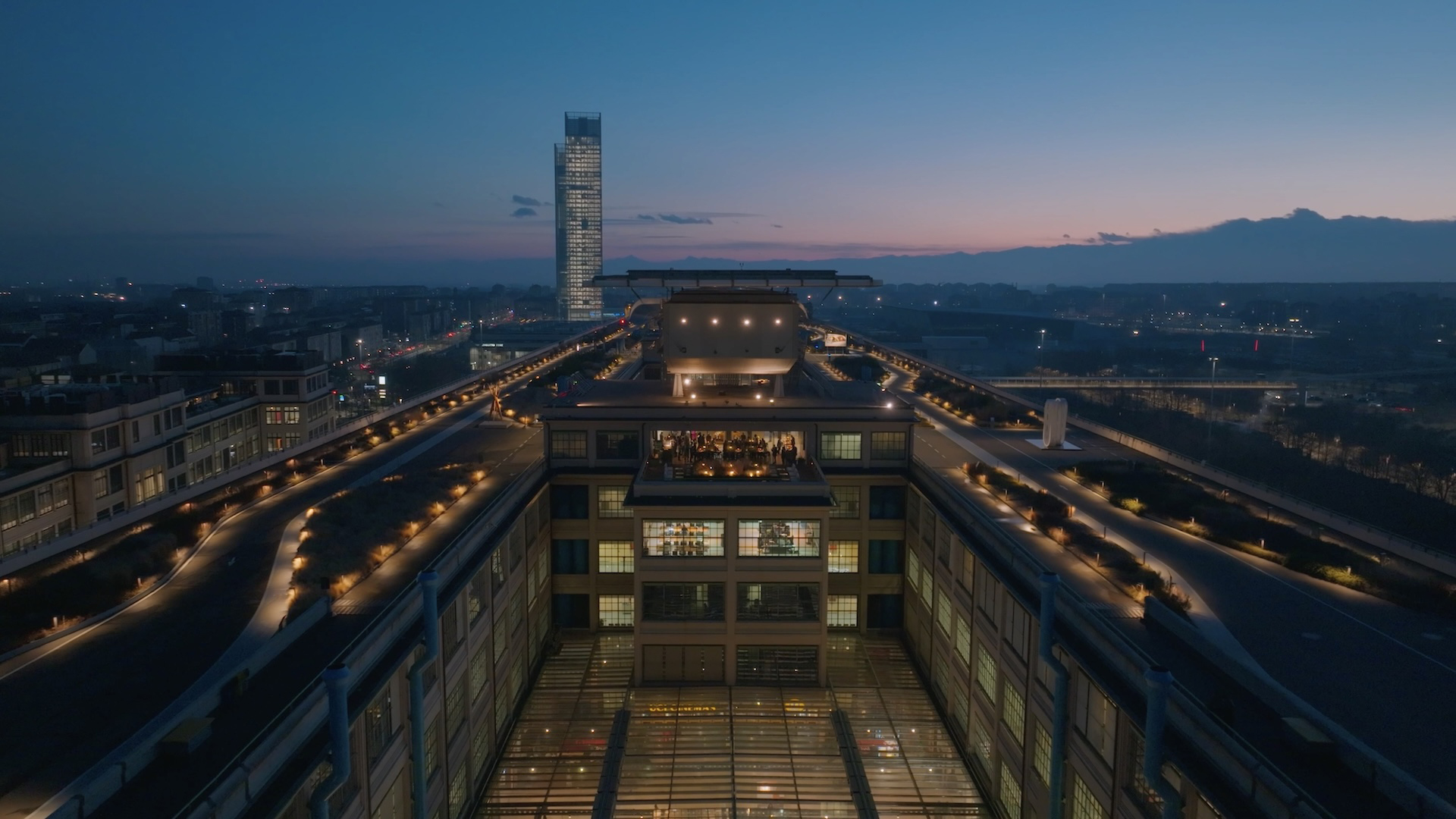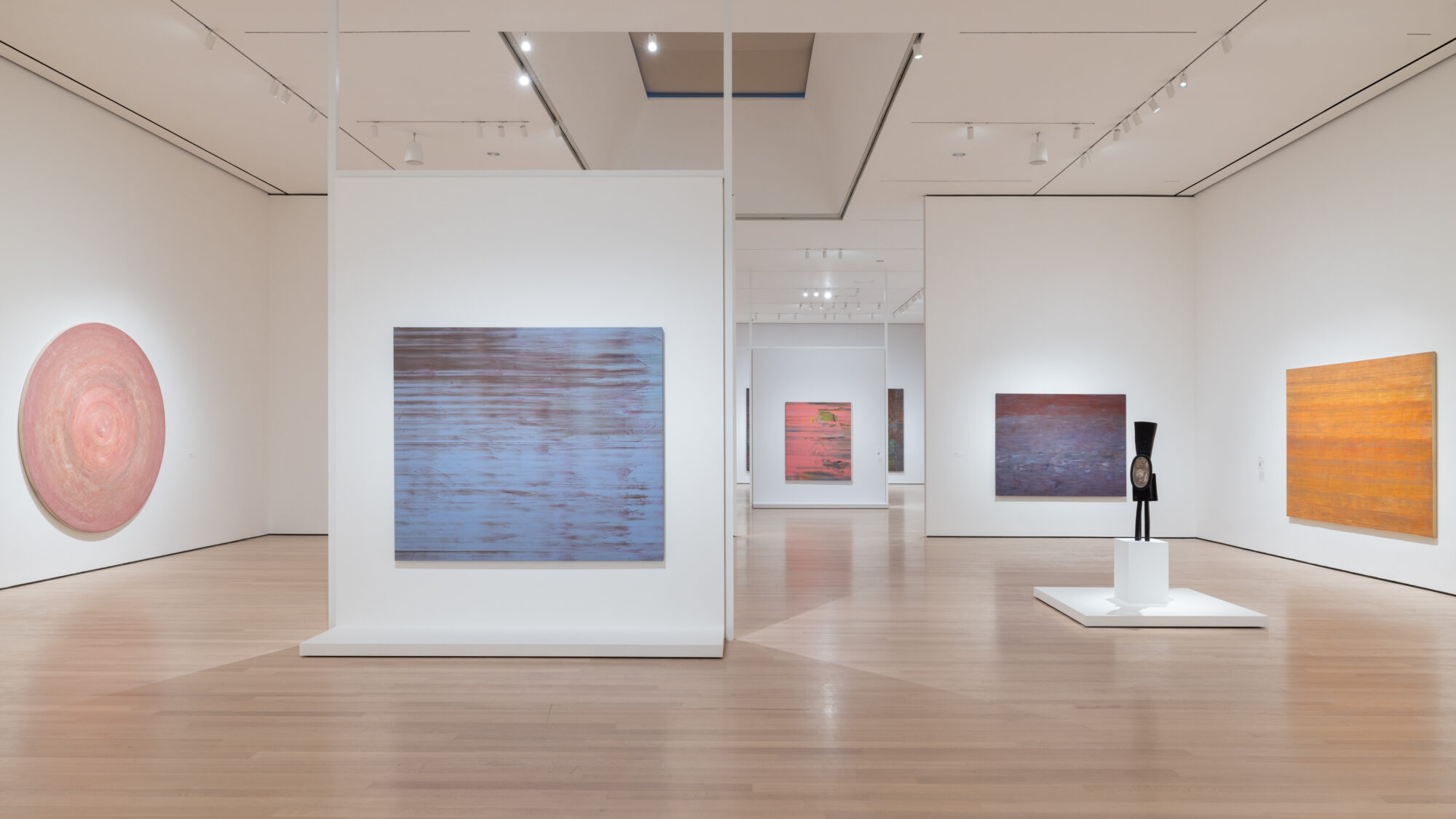
Two Must-See Exhibitions in New York This April
Jack Whitten at MoMA and Caspar David Friedrich at the Met take center stage in two exhibitions exploring spirituality, politics, and the transcendence of landscape.
Two quite mystical exhibitions grace New York museums this spring. One of them is political by nature, yet spiritual in execution, that is Jack Whitten The Messenger at the Museum of Modern Art curated by Michelle Kuo. The second one is infused with a quest to transcend the familiar and to arrive at a new understanding, that is Caspar David Friedrich: The Soul of Nature at the Metropolitan Museum, organized in collaboration with the three German museums.
Caspar David Friedrich’s (1774-1840) exhibition curated by Alison Hokanson and Joanna Sheers presents more than 75 paintings and drawings of rock formations, ruined monasteries, religious mise-en-scenes, and melancholic sunsets meticulously constructed by the artist. According to the latest research on the artist, Friedrich never painted specific landscapes but rather in the privacy of his studio constructed what we see now from multitudes of detailed in situ studies. Anonymous silhouetted figures are part of this sometimes-moonlit cosmos but are simultaneously observed as peering into landscapes to understand the space, the sea, and the clouds. The artist places humans in his matrix, but they do not organically blend in. In his works on view, Friedrich’s deep connection to the Lutheran beliefs is infused with skepticism of sensuality, of pleasure in sound and sight, we can sense his attempt to understand what lies beyond the visible.
As other painters now seen as representatives of European Romanticism – Theodore Gericault, Eugene Delacroix, Francesco Hayez, partially Francisco Goya, J.M.W. Turner, John Constable, Caspar David Friedrich strived to rethink our place in relation to the outside world. It was the dawn of a new era and as every artist, Friedrich needed to rethink empirically how we can relate to an emerging modernity. In his manifesto “The Commandments of Art,”1809, Friedrich wrote: “[i]t must not be man who is set up as emulation; it is eternal divine that must be his goal. Art is infinite, all the knowledge and skill of artists finite.” Eternal divine was at the center of his universe, golden clouds he painted were the means to reach it.
Jack Whitten at the MoMa presents a different approach to reconfiguring our relationship with the space and how we adjust to it or rebel and reinvent it, by creating a familiarity out of chaos. This retrospective covers six decades of Jack Whitten’s experimental and innovative practice, featuring more than 175 paintings, sculptures, and works on paper. Jack Whitten (1939-2018) was born in Bessemer, Alabama, after moving to the city, he became an integral figure of the New York Abstract Expressionist movement, later pursuing his own, singular way of risk, fluidity, and search for a new African American identity. Whitten’s foregrounding of the process and open-mindedness towards a result was influenced by his early engagement with the experimental Bauhaus philosophy when studying at the Cooper Union in the 1960s.
I had a chance to interview the curator of the show Michelle Kuo, Chief Curator at Large and Publisher, MoMa further about Whitten’s practices and this exhibition.
Nina: Why do you think it is important to present this exhibition to the public right now?
Michelle Kuo: Jack Whitten transformed what art could be and what it could do. For him to pursue abstract painting, drawing, and sculpture at the most innovative and inventive levels of reality, almost more than any other artist I know in post-war history, he also had to struggle. He has struggled throughout most of his career to gain recognition, in part because of his race, but his devotion to keep inventing and reinventing is extraordinary, and so to have this show here at MoMA is a way not just of expanding the canon of modern art history, but changing that canon.
NCM: Do you feel that if you had staged this exhibition maybe five or seven years ago before Black Lives Matter protests, for example, would it have made a difference in terms of how you present this exhibition or what is highlighted?
MK: An interesting question. I think that with Whitten's work, there are always two inseparable sides. One is that he's such an inventor of form, and the other is that he obviously is addressing very deep social issues, but for him, they are one and the same and they are intertwined in some way. I think that we always benefit from evolving conversations in society. But I will say that I think Whitten is so committed to Abstract art, that sometimes his work even almost looks decorative. Some of his works have elements of craft, they might look like they have elements of weaving and I think that would have been hard, maybe 10 years ago, for people to wrap their heads around that and say, this is, this is so game-changing. It's on the level of Rothko, and Brice Marden, and yet to see these works in person, I think you understand just what he was doing, how he was transforming the culture.
NCM: Can you talk a little bit about the mosaics that you present, because they are such important parts of this exhibition?
MK: They are quite extraordinary. He was very interested in thinking about acrylic paint, making these slabs, acrylic paint made flat. And then, around 1985, he gets to this moment when he takes a metal grid, presses it down, and lifts it up. And so that's how he gets this relief. And then he hand-paints each of these almost pixels, but also underneath; there was already this under-painting mixture. And then he says, Wait a second. What if I take this sheet of acrylic, slice it up, and then recombine all of these tiles like an infinite puzzle? So, he can do anything, they look a little bit like puzzles. For him, this acrylic medium becomes a dry palette, it acts like amber because Whitten can infuse it, in this case, with Sumi ink, but also with all these other materials, whether minerals or metallics or something that looks like glass. So, everyone always thinks these works are glass or ceramic or stone, but in fact, it's all acrylic paint, and he just infused it with many different materials.
NCM: How did he come across this in the beginning? Was it just by pure experimentation and intuition?
MK: I think by pure experimentation.
NCM: They are very organic. It is as though they were made by nature.
MK: Exactly and then Whitten incorporates these sculptural reliefs, becoming more ambitious over time. For example, with this work commemorating 9/11. He witnessed the event but did not make work for five years, except for this. It is a fascinating artwork, you can see there is glitter, there is actual blood in some of these tiles as well as ash.
NCM: When I look at these works, it is a thoughtful combination of very old and very new since mosaic is both a very ancient technique and also, of course, it looks like a digital pixel field here.
MK: Absolutely, he spent from 1969 every summer in Greece and he would have seen Byzantine mosaics. Later, in the early 2000s, he speaks of going to Egypt and for the first time visiting St Catherine's monastery and the amazing mosaics there. And he said that was the first time he realized that those mosaics are meant to be shown in candlelight. So, I wish I could show this in candlelight, but I can't. But he was very interested in the play of flickering light.
NC: It also gave the illusion of movement and it would have created exactly this kind of storytelling. One last question: what do you as a curator in an institution such as MoMA think should be your role? Given the shifting nature of the global society that we are inhabiting?
MK: Well, I think Jack Whitten himself said that he felt like he was a conduit, a kind of channel. And I think as a curator, what we can do is help that transmission happen, to help channel some of that history and some of these new ways of seeing and make sure that they are not lost, and that there is some continuity, but also discovery. I hope people come to this show and they are surprised.
Cover image: Jack Whitten: The Messenger, Exhibition Room, Floor 6, MoMa, New York City
Nina Chkareuli-Mdivani is a Georgian-born, New York-based independent curator, writer and researcher. She is the author of King is Female (2018), the first publication to investigate issues of gender identity in the context of the historical, social and cultural transformation of Eastern Europe over the past two decades. Throughout her career she has lectured worldwide and published numerous articles for magazines such as E-flux, Hyperallergic, Flash Art International, Artforum, MoMa.post, The Arts Newspaper and many others.
Her research delves into the intersection of art history, museology and decolonisation studies, with a focus on totalitarian art and trauma theory, themes he has also explored in the more than ten exhibitions he has curated in New York, Germany, Latvia and Georgia.
